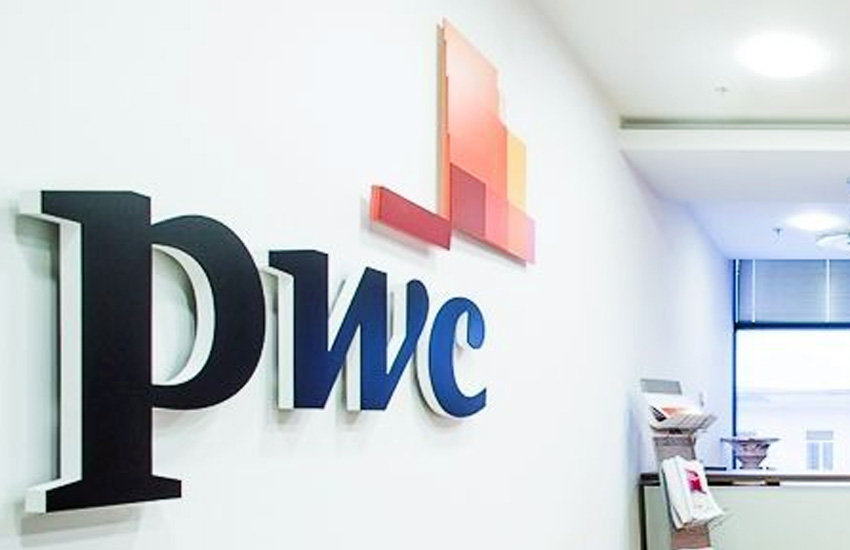PwC Australia has today announced its full-year results to 30 June 2019, delivering 11 per cent revenue growth to $2.6 billion, up from $2.35 billion last year.
Its assurance business had its strongest year of growth in the past seven years, with its audit business growing by 9 per cent and its risk assurance business achieving more than 18 per cent growth for the third year in a row.
You’re out of free articles for this month
The big four firm’s consulting business also grew by 13 per cent, with chief executive Luke Sayers attributing it to the need for companies to “digitise, respond to regulation and be more transparent with customers, who are more active than ever before”.
Financial advisory — composed of tax, legal, deals, infrastructure and urban renewal, and private clients — delivered strong revenue and profit growth and grew by 10 per cent.
Its government practice was flat for the year however, with Mr Sayers attributing it to the federal election and two state governments moving into caretaker mode prior to elections, resulting in a reduction in market activity.
“Profitability was also strong and in line with our consulting and financial advisory businesses. Public commentary sometimes suggests that audit engagements are being used as a loss leader for growth in other areas of the firm. This is not the case for our firm,” Mr Sayers said.
“We’ve seen significant demand in the areas of risk management, internal audit and culture as organisations respond to heightened expectations of their governance and control environments, especially in financial services. We’ve also experienced great uptake of our focused assurance offerings regarding digital trust and transformation confidence.
“The PPB Advisory business has now been fully integrated into PwC’s deals and consulting practices and the results are tracking ahead of expectations, with clients benefitting from an integrated offering focused on supporting businesses with transformation and restructuring solutions.”
PwC also recently announced the appointment of 90 new partners across its service lines in the 12 months to 1 July.
According to Mr Sayers, 28 per cent of the firm’s partnerships are now female, with the gender pay gap for partners currently sitting at 16 per cent.
“The gender pay gap for our employees is 11 per cent. On a like-for-like basis, the gender pay gap is 0.2 [of a percentage point],” he added.
“Our financial performance was underpinned by strong outcomes on a range of non-financial indicators, with a people engagement score of 80 per cent for the year, 1 per cent down on the prior year of 81 per cent.”
Jotham Lian
AUTHOR
Jotham Lian is the editor of Accountants Daily, the leading source of breaking news, analysis and insight for Australian accounting professionals.
Before joining the team in 2017, Jotham wrote for a range of national mastheads including the Sydney Morning Herald, and Channel NewsAsia.
You can email Jotham at: This email address is being protected from spambots. You need JavaScript enabled to view it.

 Login
Login







